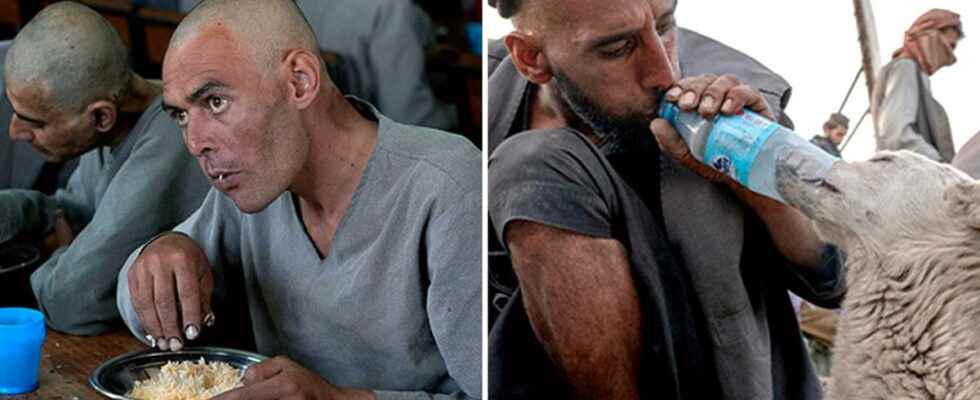Published: Less than 2 hours ago
After years of war and misery, heroin addiction has become a major problem in Afghanistan.
Outside of Kabul, one can even see hordes of drug-addicted wild dogs prowling about.
Since the Taliban came to power, they have waged an aggressive campaign of forcing people into rehab camps.
The rampant drug addiction among Afghanistan’s population has ruined thousands of families.
Pictures from the AP news agency show hundreds of addicts sitting scattered on a hillside overlooking Kabul. Some people have built small makeshift tents, others lie in the mud on the ground.
Several of them are addicted to heroin, methamphetamine and opium, reports say Daily Mail. The pictures also show hordes of drug-addicted dogs running around.
Addicts live under bridges
Drug abuse has been a major problem in Afghanistan for a long time. The rampant poverty and years of war have caused millions of people to use drugs in the country.
The country’s economy has completely collapsed since the Taliban seized power last August.
Many Afghan families who used to be able to make a good living now can barely afford to buy food. This misery has also contributed to many ending up in drug abuse.
Every day more and more people turn to drugs. In Kabul, addicts live side by side in parks, under bridges and on hillsides outside the city.
The Taliban’s aggressive campaign
In 2015, a report from the UN showed that 5 percent of the country’s population uses drugs, which corresponds to around 2.3 million people. Since then, drug use has skyrocketed, according to observers.
The Taliban have launched an aggressive campaign against the country’s drug addicts. This with the aim of stopping all drug-classified poppy cultivation in the country.
At the same time, they force people into addiction camps where they cannot get hold of any drugs. Once the addicts get out of the camps, they go right back to the addiction.
1500 people were captured
Earlier this summer, the Taliban stormed several areas in Kabul where addicts usually gather. A total of 1,500 people were captured. The people were transported in large trucks to a treatment center that was formerly a US military base.
There, the addicts were kept locked in barracks for 45 days without treatment or medicine for withdrawal. Then they are released again and return to the plains outside Kabul.
When the AP news agency visits one of the places where addicts usually hang out, they meet a 30-year-old man named Nazer. He tells us that he spends a lot of his time under a bridge. He has his own home, but he rarely spends time there.
– It’s normal. Every day only more and more people gather here. It never ends, Nazer explains.
